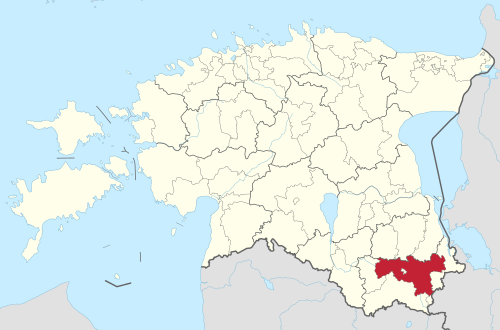At the request of the Hiidlaste Koostöökogu NGO and MTÜ Kodukant Läänemaa, we analysed the potential and challenges of agritourism in their areas of operation.
Agritourism, which combines agricultural production with tourism, is a growing trend that supports rural economies worldwide. Agritourism is not just about visiting an agricultural enterprise—it’s an experience. Visitors can engage in activities like harvesting crops, feeding animals, or learning about sustainable agricultural practices. For many, it offers an opportunity to escape the hustle and bustle of city life, reconnect with nature, and understand where their food comes from. For entrepreneurs, it’s a chance to diversify income, strengthen community ties, and share their daily work.
The hands-on experience at an agricultural site can not only support the regional economy but also contribute to the sustainability of smaller businesses. Agritourism allows entrepreneurs to mitigate risks related to seasonality by providing opportunities to generate income year-round. However, the expansion of agritourism in Estonia faces several challenges. Many entrepreneurs find tourism burdensome alongside their primary business, and issues like limited infrastructure and a short tourism season also play a role.
Agritourism shows the most promise among small and medium-sized enterprises, where a personal connection between visitors and hosts can develop. Many businesses that already produce niche products, such as organic milk, handmade cheeses, or craft beverages, have existing infrastructure and unique stories that appeal to tourists. However, several entrepreneurs noted that the term “agritourism” might not fully describe their activities.
Entrepreneurs who incorporate tourism services into their operations not only create an additional revenue stream but also promote their products in an attractive and engaging way. Such experiences create lasting memories and foster a deeper connection between consumers and products.
Some successful models have emerged where entrepreneurs collaborate with local businesses or other agricultural producers to offer combined experiences, such as “farm tours” or “tasting trails.” These collaborations help pool resources and attract more visitors.
However, growth brings challenges. In the study, entrepreneurs identified key issues such as a lack of time, funding, and infrastructure. Hosting tourists requires additional resources and facilities, such as accommodation and sanitary amenities, which differ from the daily operations of the business. Additionally, enterprises with animals may limit visitor participation due to biosecurity concerns. Several entrepreneurs also felt that agritourism might not generate enough income and could divert focus from their core activities. Another significant challenge is seasonality. Businesses that want to benefit from tourism need to find creative ways to attract guests outside the summer period.
With the right support, entrepreneurs can overcome these barriers and tap into the growing demand for rural experiences. Local governments, tourism organizations, and agricultural cooperatives play a crucial role in this process. Providing funding, simplifying regulations, and fostering collaboration among businesses can give a significant boost to this sector.
Training programs that teach entrepreneurs how to effectively combine tourism and agriculture are necessary, as is marketing support to attract both local and international visitors. Strengthening local networks to encourage cooperation between businesses and other tourism operators is also important.




